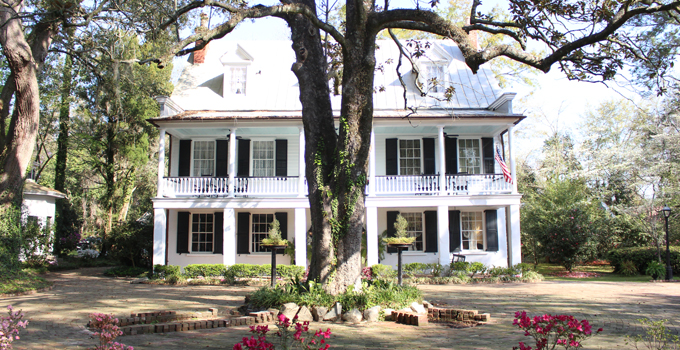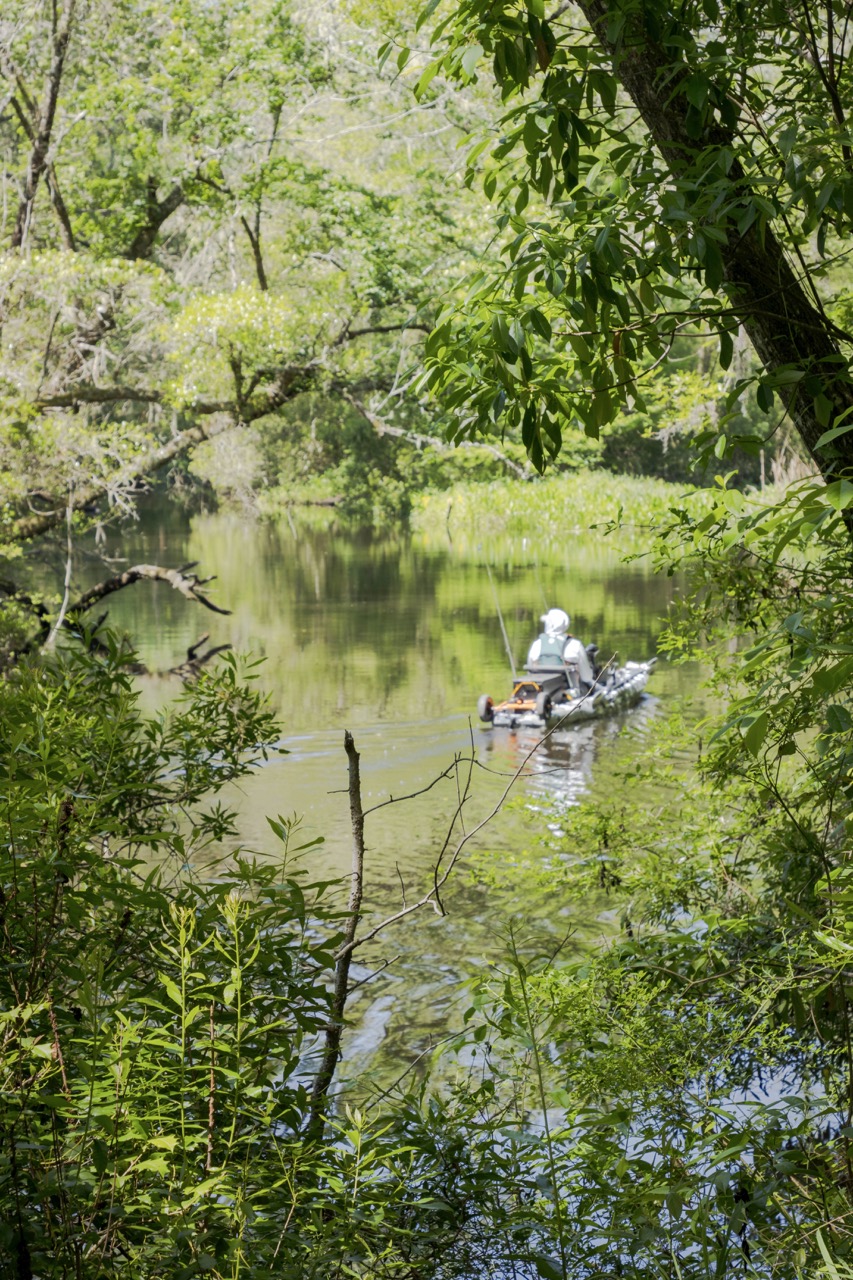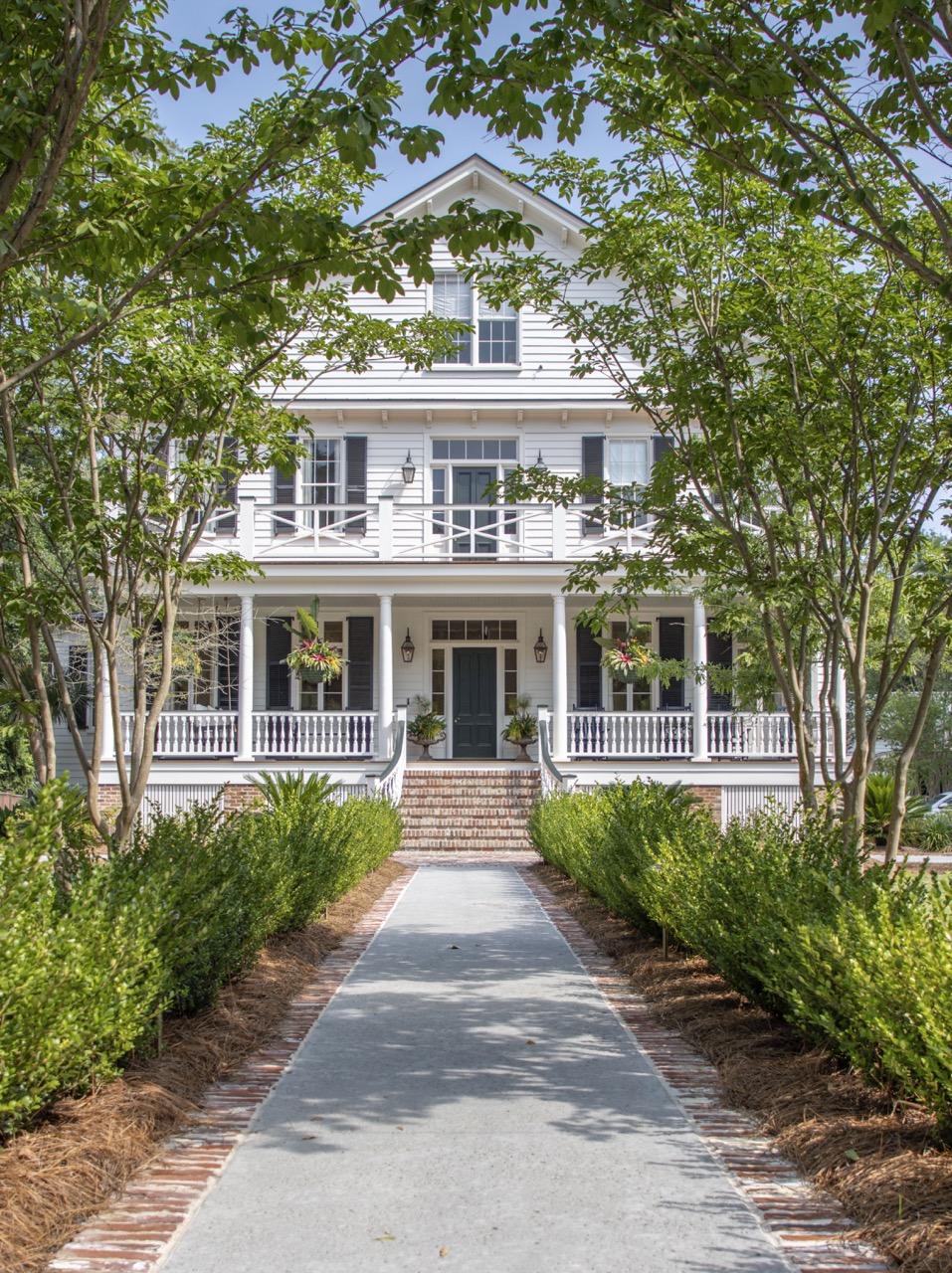With the discovery of White Gables, Denise Harrison and Steve Land have rewritten the ending for a story that began with a dream and a classic film.
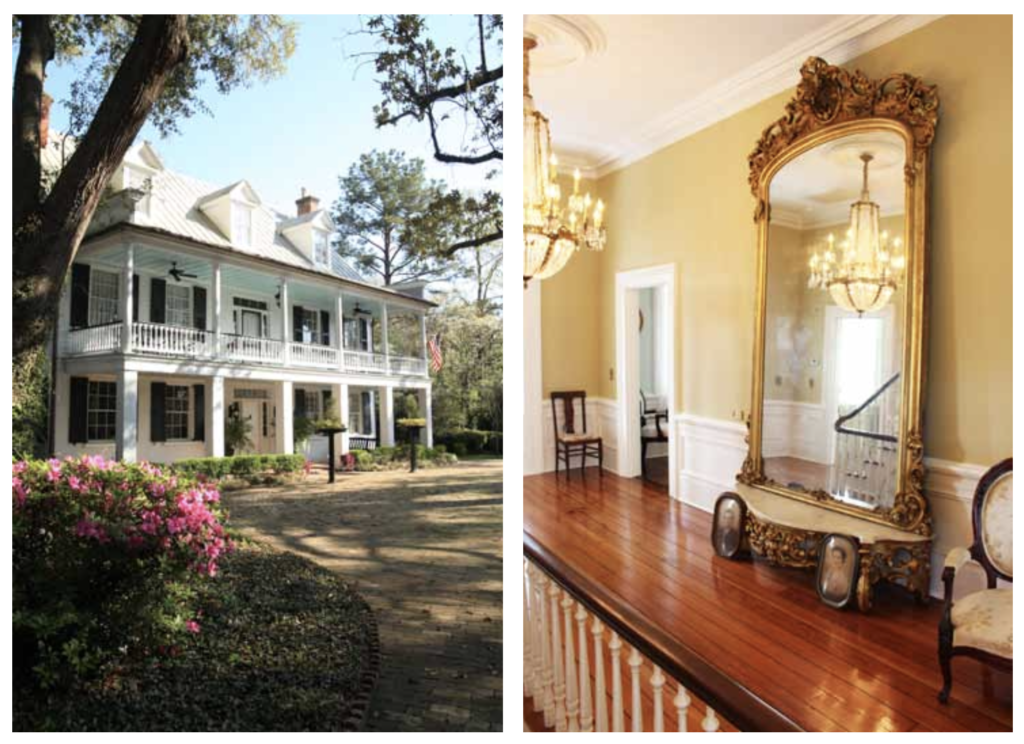
The light that filters through the leaves of a huge magnolia falls softly on White Gables. At first glance, time is suspended at the corner of Richardson and Palmetto. As it does today, for almost 200 years, the stately home has held court on this site, benevolently watching over the comings and goings of Summerville. Built in 1830 by Henry Peak, an officer of South Carolina Canal and Railroad Company, White Gables has seen war and peace, experienced a Golden Age, and felt the earth tremble beneath its foundation. While time has taken its inevitable toll on the gracious manor, the centuries have been kind to allow it to hold its place in the history of Flowertown.
For Denise Harrison and Steve Lang, the flawlessly restored Classic Greek Revival that stands today is proof that dreams do come true. The series of events that brought the couple to one of Summerville’s most recognizable historic homes may seem as unlikely as a Hallmark Channel movie plot—but with fate writing the script, anything is possible.
One might not imagine that the sweeping white verandas of an iconic movie would inspire a California girl to set off on a decades-long quest that would bring her clear across the country. Fate, however, loves a plot twist.
When Harrison was nine years old, she and her mother set out for the movies. She vividly remembers that when they got to the theatre, the only films showing were Towering Inferno and Gone with the Wind. Her mother promised that if she didn’t absolutely love the classic film, she could choose their movies for the rest of the year. Ten minutes in, the little girl could not take her eyes from the technicolor glory of what she saw on the big screen. Smitten by the grace and beauty of antebellum architecture, Harrison was enthralled. That day, the blueprints were drawn and stored away in her mind for the fairytale castle of her dreams. Years later, when a wrong turn took her down a street in Summerville, she discovered White Gables.
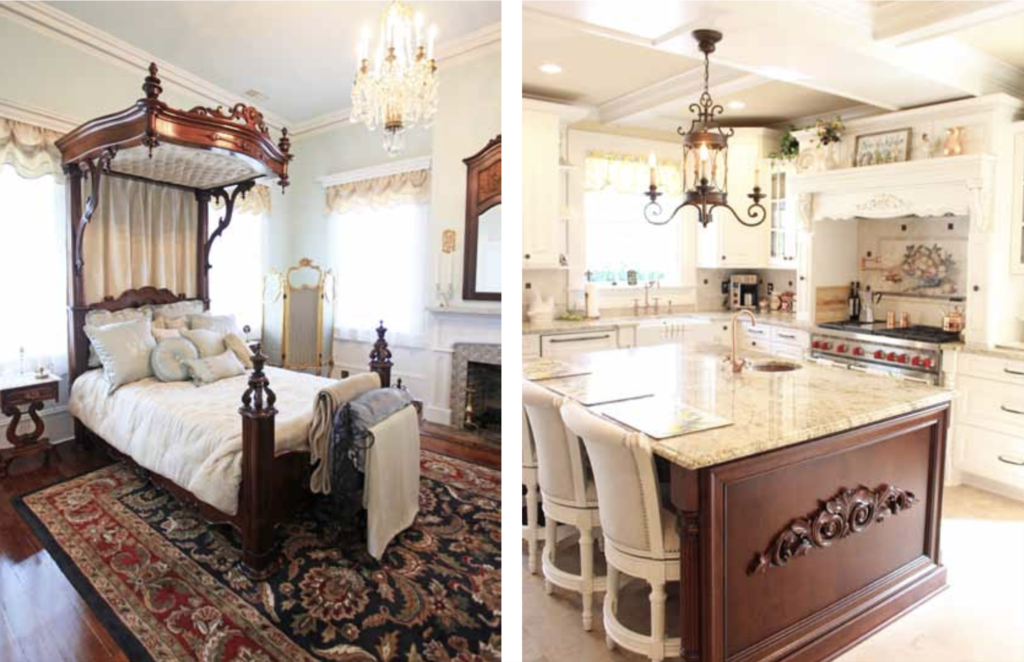
No detail was spared in the restoration of the home built by the railroad man, a fact attested to by Jordy Tupper of G Tupper III Construction, the firm charged with the task. Eighteen-inch exterior masonry walls, windows with iron sills, and interior walls of thick plaster created complications for using usual construction techniques. As with most historic retrofits, there were unexpected challenges. Preservation of the original hardware and other materials was of utmost importance, and those that could not be left in place were often salvaged for use in different ways. It was a daunting task, but the California couple’s ideas, along with Tupper’s ingenuity seamlessly integrate the historical integrity of the structure with the updated features of a modern-day home.
In 2019, four years after they purchased the home, Harrison and Lang were honored by the Summerville Preservation Society for their efforts. Their knowledge of the property’s history is encyclopedic, and their enthusiasm for it is infectious.
The grandeur of White Gables begins outside, and the eye is immediately drawn to features that have defied time. The magnolia tree that dominates the circular drive of original brick is said to be the oldest in Dorchester County and is tended by the keepers of Charleston’s historic Angel Oak. Off to the left, an octagonal gazebo originally used as a privy is of rare design, and identical to a pair found on the grounds of Thomas Jefferson’s Monticello. Tucked in behind the home are three cottages that once housed workers. All three have been lovingly restored and are surrounded by heritage shrubbery.
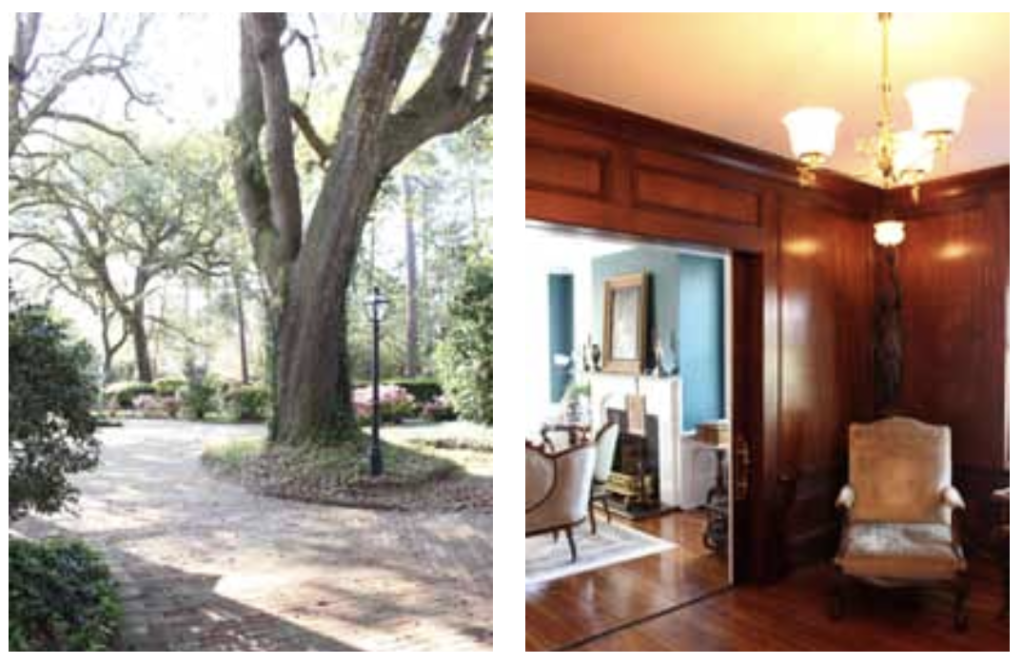
Throughout the house, antiques true to the period create the impression that Mr. Peak and his family might have just stepped out of the room. Each room is unique and has its own story. From the parlor’s ornate fireplace surround and rosewood parlor set to the library with its luxurious mahogany paneling and metamorphosis chair that morphs into a library ladder, to etched names of the original owners in the wavy glass windows overlooking the upstairs verandah. Harrison says that while the signatures that mark the windows were written there to “etch their love into the glass,” the tradition was actually a way for ladies to test the authenticity of their diamonds. Nearby, the 14-foot pier mirror original to the house stands awaiting the reinforcement that will secure it to the plaster wall, and overhead a magnificent crystal chandelier challenges the laws of gravity, having already required additional structural support.
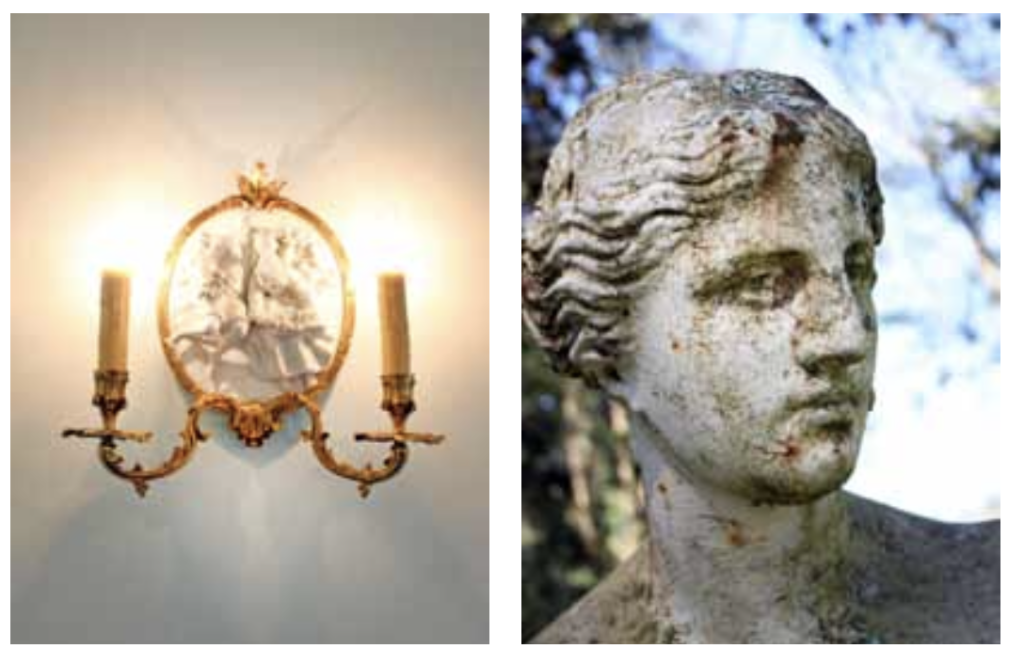
The enterprising second owners of the house, the Woodruff family, once operated White Gables as an inn. One of its most famous tenants, a young man by the name of Henry Clay, lived for almost four years on the third floor. Interestingly, it is said that Mr. Woodruff never knew he was there.
Though Harrison and Lang say that there is still much to do, it is clear that their enthusiasm has not diminished for the project that started when they first laid eyes on the historic home in 2014. With the restoration of White Gables, the promise made in the on-screen ashes of the white-columned plantation house on the big screen has been fulfilled, and the ending of the story rewritten. Tomorrow is another day, one that celebrates the dream that began in a movie theatre, and a happy ending that fate could not have written better for White Gables. AM
By Susan Frampton

